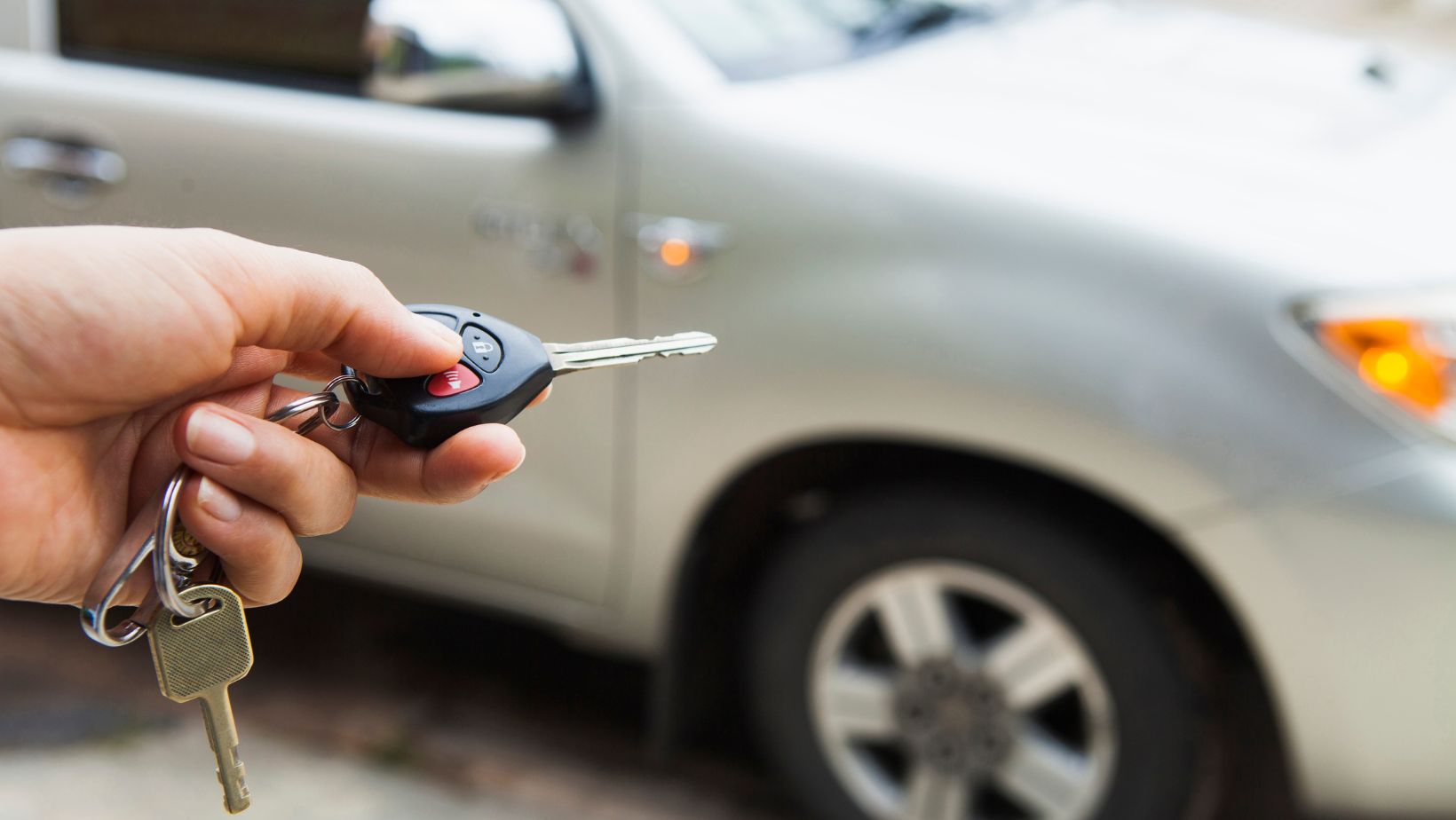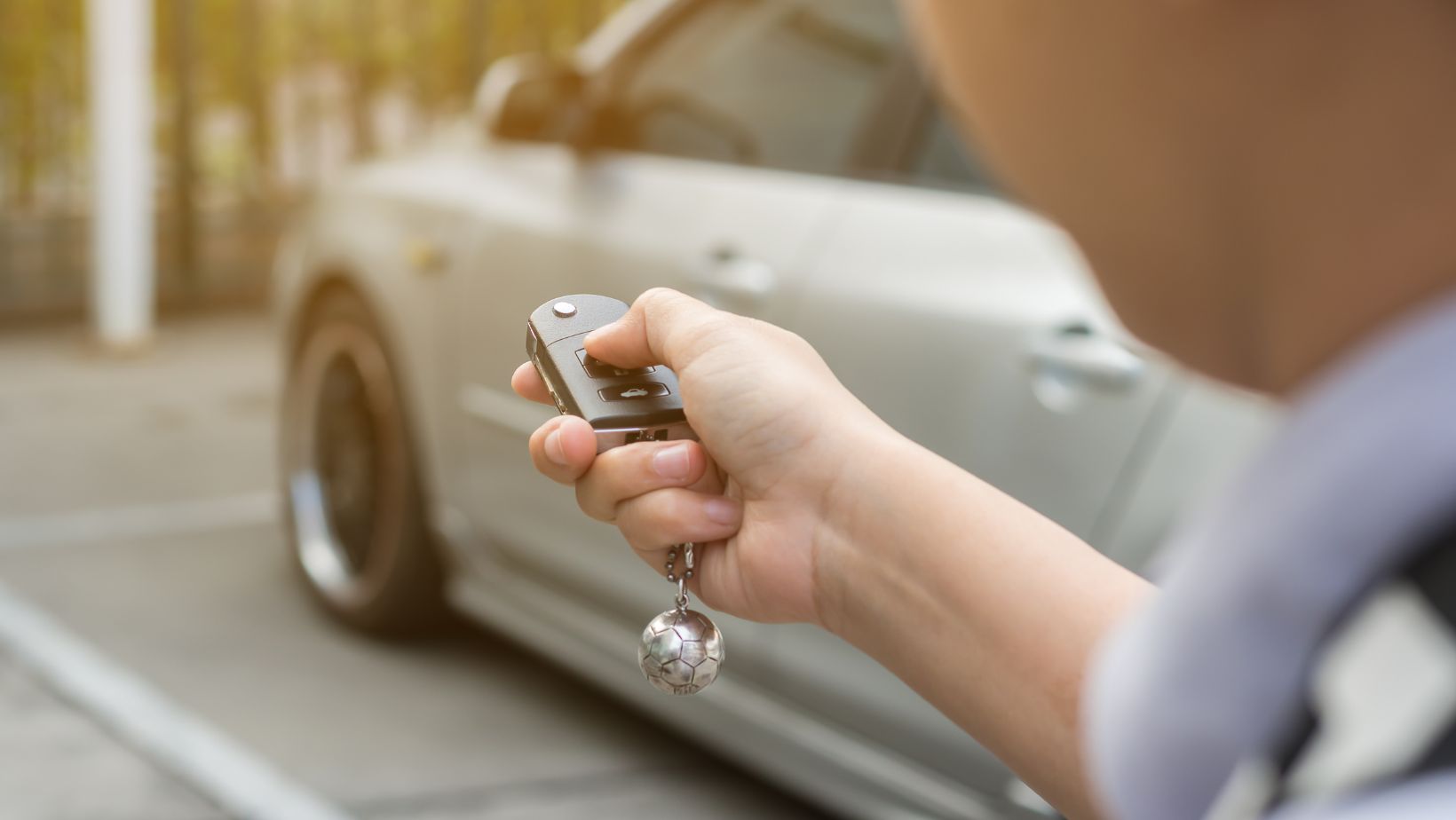
Remote control (RC) cars have been a popular hobby for decades, offering enthusiasts the thrill of controlling miniature vehicles at high speeds. One of the key components that powers these cars is the battery-powered engine, which has evolved significantly over the years. In this article, we’ll explore how battery-powered engines work in RC cars, the types of batteries commonly used, and their advantages and limitations.
How Battery-Powered Engines Work in RC Cars
Battery-powered engines in RC cars are designed to convert electrical energy stored in batteries into mechanical energy, propelling the vehicle forward. These engines are typically electric motors, which operate on the principle of electromagnetism. When electrical current passes through the motor’s windings, it creates a magnetic field that interacts with magnets inside the motor, causing the rotor to spin. This spinning motion is transferred through gears and axles, driving the car’s wheels.
The motor’s efficiency and battery capacity determine how fast and for how long the RC car can operate. Higher-quality motors and batteries can deliver better performance, faster speeds, and longer run times.
Types of Batteries in RC Cars
Several types of batteries are used in RC cars, each with its advantages and disadvantages. The most common battery types include:
-
Nickel-Cadmium (NiCd) Batteries
- Advantages: Due to their affordability and reliability, NiCd batteries were once the go-to choice for RC cars. They can deliver a high discharge rate, which means they can provide power quickly.
- Disadvantages: These batteries have a lower energy density, meaning they last less time per charge. They also suffer from the “memory effect,” where partial discharges can reduce the battery’s overall capacity.
-
Nickel-Metal Hydride (NiMH) Batteries
- Advantages: NiMH batteries are more environmentally friendly than NiCd batteries, as they do not contain toxic cadmium. They also offer a higher energy density, which results in longer run times.
- Disadvantages: Although they don’t suffer from the memory effect like NiCd batteries, they can still experience capacity loss if not properly maintained over time.
-
Lithium Polymer (LiPo) Batteries
- Advantages: LiPo batteries have become the most popular choice for high-performance RC cars due to their superior energy density, lighter weight, and faster discharge rates. This translates into longer run times and faster speeds.

- Disadvantages: LiPo batteries require careful handling and storage. They are sensitive to overcharging and over-discharging, which can cause damage or even result in dangerous fires if not properly managed.
-
Lithium-Ion (Li-ion) Batteries
- Advantages: Li-ion batteries are similar to LiPo but tend to have a longer lifespan and better thermal stability. If maintained properly, they are less prone to swelling or fire hazards.
- Disadvantages: Li-ion batteries tend to be heavier than LiPo batteries and can be less efficient in terms of power-to-weight ratio for RC cars.
Choosing the Right Battery
When choosing a battery for an RC car, several factors need to be considered, including:
- Voltage: The battery’s voltage determines how much power is available to the motor. Most RC cars use batteries ranging from 7.2V to 11.1V, though higher-voltage systems can be found in racing or custom models.
- Capacity: Battery capacity, measured in milliampere-hours (mAh), indicates how much energy the battery can store. A higher mAh rating translates to longer run times but often adds weight to the car.
- Discharge Rate: The discharge rate, denoted by a “C” rating, determines how quickly the battery can release its energy to the motor. A higher C rating is essential for high-performance RC cars that demand rapid bursts of power.
Advantages of Battery-Powered RC Cars
Battery-powered RC cars offer several benefits over their fuel-powered counterparts:
- Ease of Use: Electric motors are much simpler to maintain than internal combustion engines, making battery-powered RC cars more accessible to beginners.
- Clean Operation: Unlike gas-powered models, electric RC cars don’t produce harmful emissions, making them more environmentally friendly.
- Low Noise: Battery-powered RC cars operate quietly, ideal for indoor use or residential areas where noise could be a concern.
- Less Maintenance: Electric motors require less maintenance than fuel-powered engines. There is no need to worry about tuning, fuel mixing, or spark plugs.

For those looking for reliable advice or the best recommendations for battery-powered RC cars, RCVisions is a fantastic resource. It offers expert reviews and product suggestions tailored to your specific needs and preferences.
Limitations of Battery-Powered RC Cars
However, there are some limitations to consider with battery-powered RC cars:
- Limited Run Time: Battery-powered cars typically have fewer run times than gas-powered models. Depending on the size of the battery, a typical RC car might run for 15 to 30 minutes before requiring a recharge.
- Recharge Time: While the charging process has improved, it still takes a few hours to recharge most batteries fully, depending on the charger and battery type.
- Battery Life: Batteries lose capacity over time and need to be replaced. High-quality batteries last longer but eventually require maintenance or replacement to ensure optimal performance.
Conclusion
Battery-powered engines in RC cars have revolutionized the world of remote-controlled vehicles. With advancements in battery technology and electric motor design, these cars provide fun, speed, and precision for hobbyists of all ages. By understanding the different types of batteries and their characteristics, users can make informed decisions to get the most out of their RC experience. Whether you’re a beginner or a seasoned enthusiast, the correct battery and engine combination will ensure hours of exciting racing and fun.
